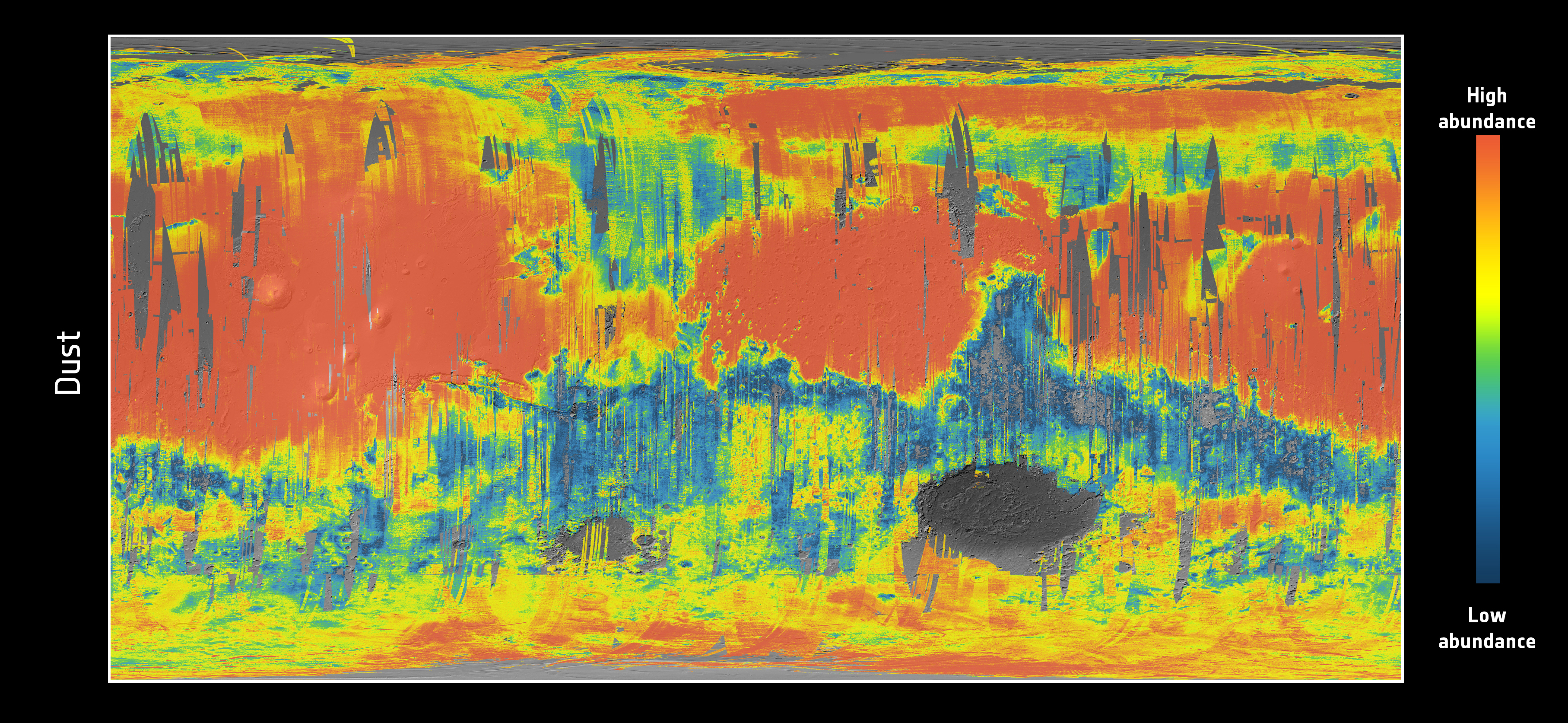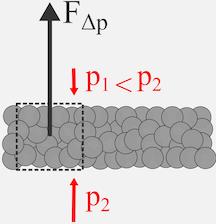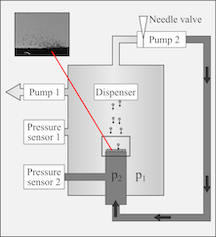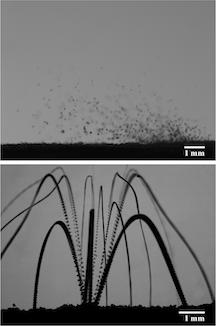There were lots of great things about the movie “The Martian” (and a few inaccurate things), but one of the best things, for aeolian scientists like myself anyway, was the depiction of ubiquitous, enormous dust devils.
Mars loves to make dust devils. It’s relatively easy for sunlight to heat the atmosphere and get it churning, and thick dust deposits blanket enormous regions on Mars.

Dust devils on Mars help keep the atmosphere dusty, which warms the climate and helps drive weather. However, as surprising as it might be, we don’t totally understand how dust devils actually lift dust.
Sure it’s true that dust devils are windy, but when you actually plug the windspeeds measured in dust devils into the dust-lifting equations, the amount of dust they *should* lift can be much less than what they *do* lift. So some other mechanism besides just wind must help lift dust in devils.

One possibility is that dust devils act like vacuum cleaners and actually suck dust up off the martian surface. See, a lot of the dust sitting on the surface of Mars has been sitting there for a long time, not moving. As a result, the dusty surface can become vacuum-packed, trapping some gas in between the dust grains.

At the center of a dust devil is a small dip in the atmospheric pressure (created by the convecting air inside the dust devil). So when a dust devil skitters over the hermetically sealed dust surface, the trapped gas pressure can launch the dust into the air, where the devil can pick it up.
But this vacuum cleaner effect is still just a hypothesis, so to test this idea, the Experimental Astrophysics group at University of Duisburg-Essen, experts in astrophysical dust experiments, set up a test chamber to mimic the martian surface under a low-pressure (1% of Earth’s) martian atmosphere.

They created a thin layer of small dust grains on a membrane, with a pressure differential across the membrane, to see if a small pressure differential could really lift the dust grains up. The answer is yes!

Now whether this experiment accurately replicates conditions on Mars is not totally clear, but some of the measurements made by the soon-to-be-launched and recently named Mars 2020 rover Perseverance may help to test the idea.
In addition to collecting geological samples for later return to Earth, Perseverance will collect high-resolution imagery of dust and mineral grains on the surface of Mars. It will also continuously measure meteorological conditions, which we know from past missions can reveal the presence of dust devils. So in addition to telling us about the possibility of past life on Mars, Perseverance may also help us test whether there are dust devil vacuum cleaners on Mars.
